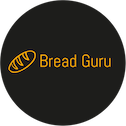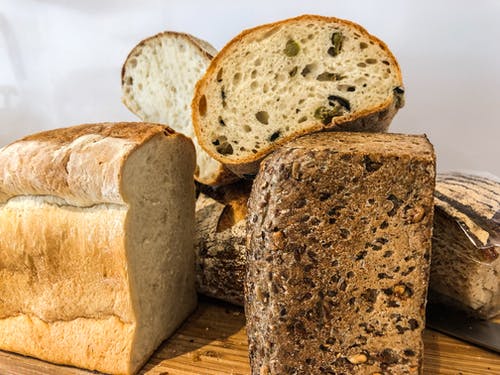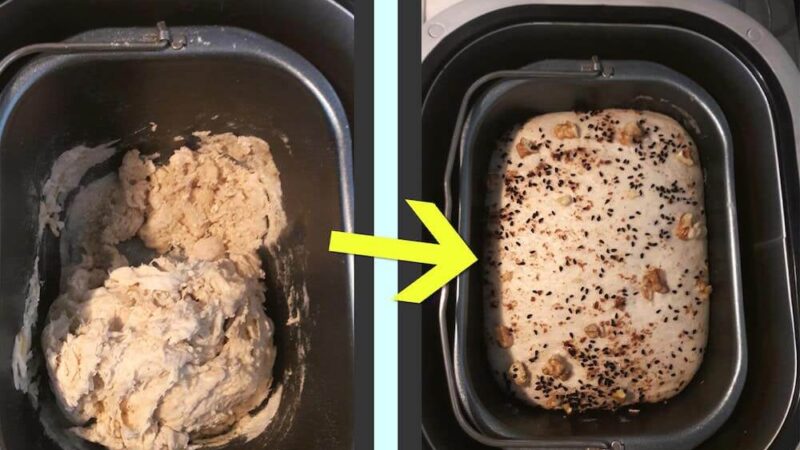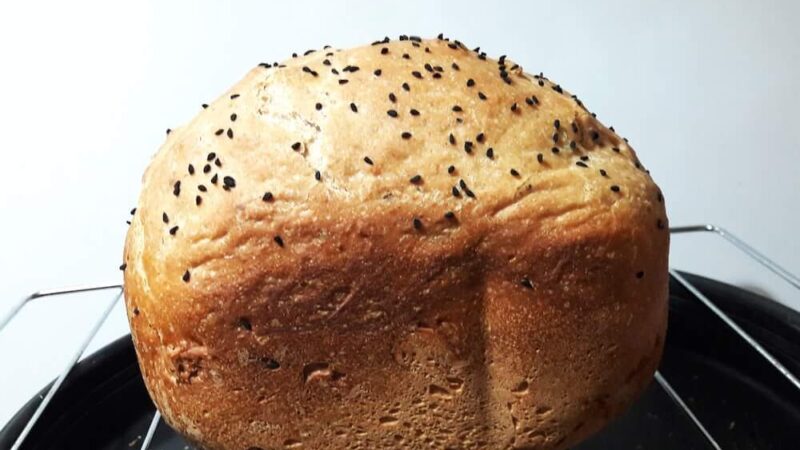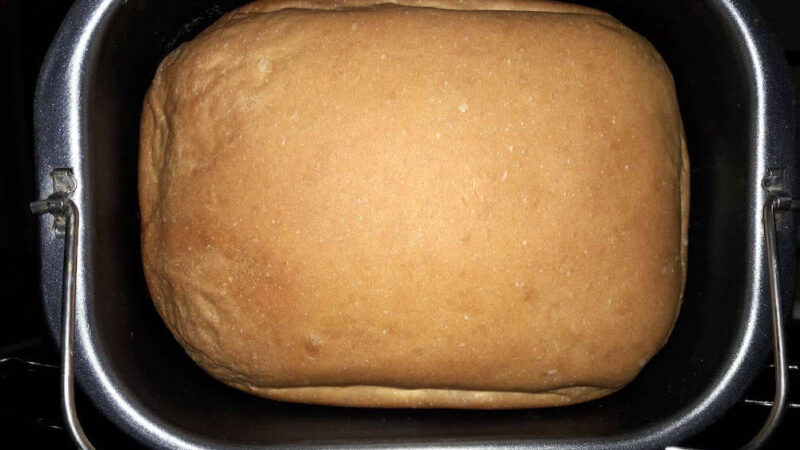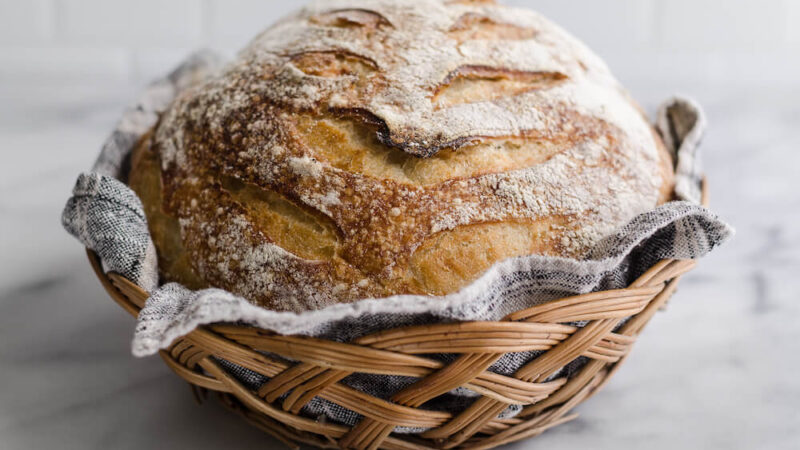Caring for Your Bread Machine
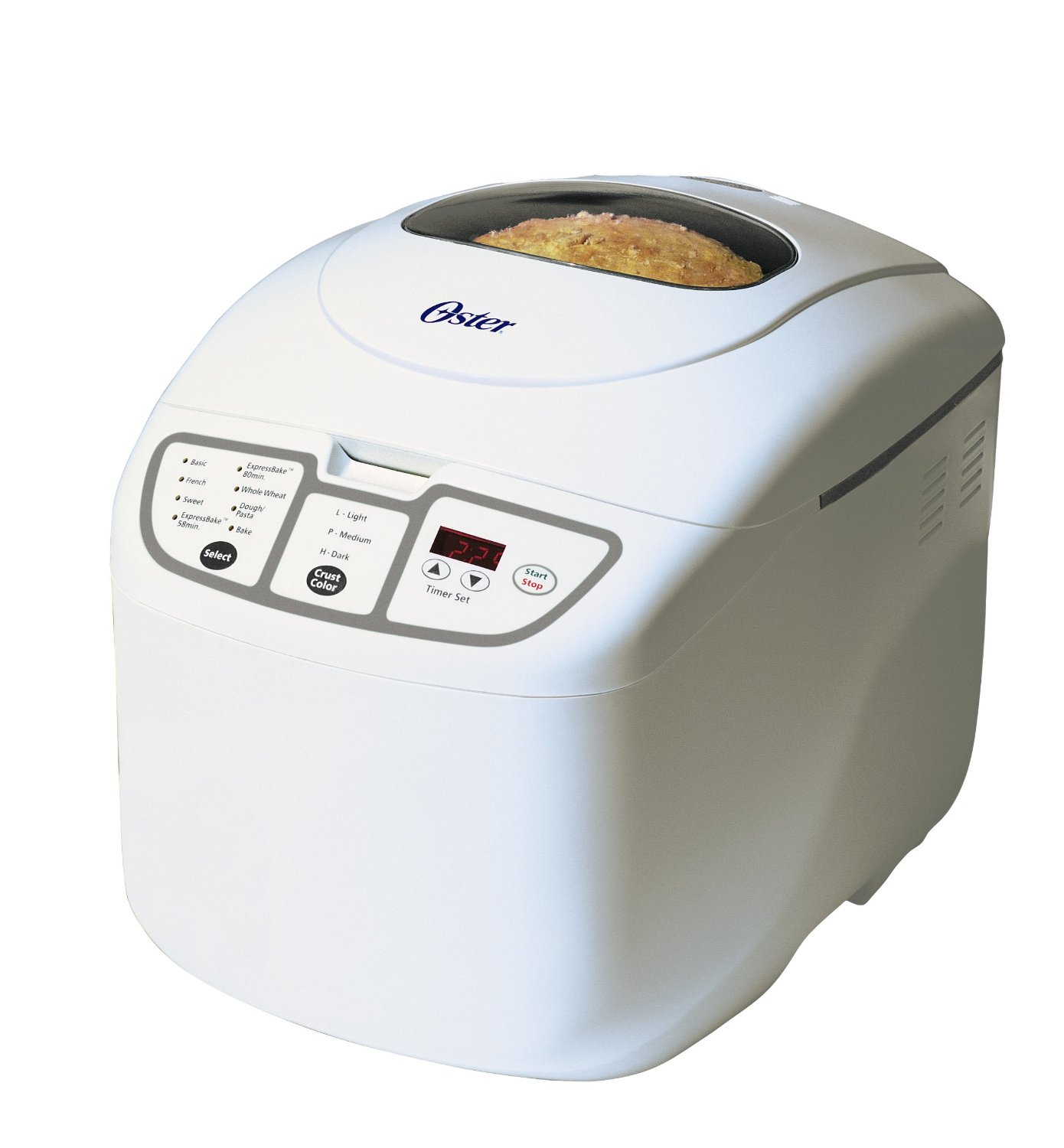
BREAD MAKING MACHINE LOVE
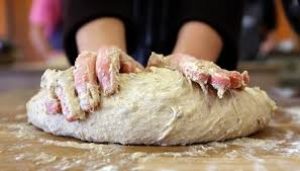
My sweet, elderly mother, Z, loves baking bread. Her little arthritic hands do not. She requires a bread maker that is a workhorse. She requires a machine that produces well-kneaded dough allowing her to create volumes of pitas to share with the world. Her pitas are a gift of love for every person who crosses her threshold. Every visitor leaves with a package of homemade pitas, thanks to her bread maker.
My mother says to me “ My darling.” (Yes, she actually calls me darling. Isn’t that precious? Remember to call your children darling).
“Come along with me. I will make you scrambled eggs in a pita and you will tell me
Isn’t that sweet? We chat. I feel refreshed already.
“Here”, she says, “Let me send pitas home with you.”
That was pure love right there in a pita.
My Mother’s bread machine is a high wattage, large and heavy machine. It takes up a good portion of her counter space. She loves it. It brings her joy. It has to mix, and knead the lovely pita dough over and over. It also has to be capable of mixing, kneading and baking the dense, heavy, gorgeous multigrain loaves that she adores. This machine meets her expectations perfectly. She cares for it dutifully because it adds to the quality of her life.
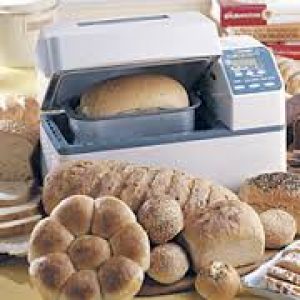
I’ve been sleuthing for you. Interviewing, unboxing, checking moving parts, inspecting and reading. I actually visited several stores so I could get my hands on the new bread machine models and ask the store associate pointed questions on your behalf. One associate did not have the answers I needed and suggested I visit the brand site. “Don’t visit Amazon for the information” she said. So of course, I visited Amazon as well as the brand sites to understand the wonders and care requirements of the newest machines.
There are numerous varieties of bread machines available. The differences may be obvious such as shape and size of loaves, machine weight, and multiple food prep options. They may also have a viewing window, delay start and one or two kneading paddles. Several less obvious features would be wattage, quality of materials, heated cover for even baking, warranty and removable kneading paddles. Choosing the perfect model may take time. It’s well worth the review process to determine exactly what your needs and expectations are. I need a viewing window. I’m just that curious and in love with the bread baking process. I wouldn’t buy a machine without it. I can do without the delayed start. I am not comfortable with appliances running while I’m gone or sleeping. I prefer to prepare the ingredients the night before and just press the start button in the morning or when I return home. I owned a machine years ago that produced a large round loaf. The bread was too tall for sandwich containers. It hadn’t occurred to me that this would be an issue when purchasing it. I had to cut the bread down or make odd size sandwiches. This was a nagging irritation. I had to upgrade to a rectangular loaf pan to save my sanity. A rectangular pan is a must have for me. This particular machine also did not fit under my cabinets so be sure to check machine dimensions. I was young. It hadn’t occurred to me that there would be counter appliances made that wouldn’t actually
Bread machines in the United States all seem to have non-stick coated baking pans. I searched. If there is a machine out there without the non-stick coating sold in the US, I couldn’t find it.
It is not always clear if the non-stick pans have a single coat or multiple coats. Regardless, non-stick coating is very susceptible to breaking down if not cared for properly. As I read through various bits of information, I see that the pan and kneading paddle are not necessarily covered under warranties. Though they may not break you financially to replace, it will cost you in dollars, time and non-stick coating notoriously scratches easily. It is absolutely imperative that you use some type of soft utensil such as wood or silicone if you need help removing your delicious creation from the non-stick pan. Once there is a scratch, the pan coating will start to deteriorate. You certainly don’t want to feed your family bits of chemical as it flakes off of the pan into your delicious bread. Replace it immediately.
Washing the Bread Machine
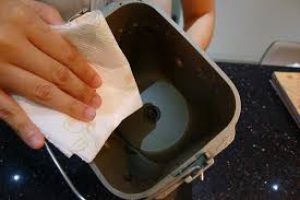
Several brands market their pans and removable parts as dishwasher safe. I would recommend taking the time to wash the pans and pieces with mild dish soap and rinse and dry very well. If there is a faint unnoticed scratch on the surface of the non-stick coating, the heat, moisture and detergent of a dishwasher will secure its demise. Also, absolutely avoid non-stick cooking spray on your non-stick pan. The pan will develop a gummy mess that is difficult to remove without damaging the pan. It can also ruin the non-stick aspect of the pan altogether. When you have finished baking for the day and the bread maker has cooled, unplug it and take a quick moment to brush or dab up the crumbs and flour from the bottom of the machine. Be gentle around the element. Carefully remove all of the debris. Once you have washed the removable parts and cleaned inside, please leave the machine open to dry completely. Allow the moisture from baking and cleaning to thoroughly dissipate. Make sure your pan and paddles are completely dry before returning them to the bread maker and closing the cover. This will help prevent rust from developing which may cause problems with the mechanics. Rust is difficult to manage in this warm, damp food environment once it begins. This simple habit of letting everything dry completely will help extend the life of your machine.
Caring for the Kneading Mechanism
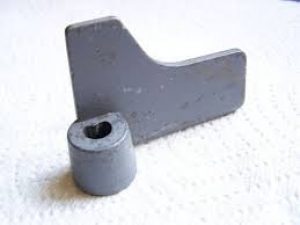
Several machines offer removable kneading paddles. The machine processes the dough through the mixing and kneading cycles. The machine will signal you to open it, lift out the dough, remove the kneading paddles and replace the dough. This reduces the hole in the bottom of the bread as it bakes. Ingenious! I want this! I would always remove the paddle if I could do so. My machine doesn’t have this option but it’s now on my list. In searching through reviews, I see that this brilliant option requires care. There is wear and tear on the paddle and post over time. Just be aware. Remove and replace the paddle with care. As a precaution, remove the paddle from as many baking cycles as possible, not only to preserve your beautiful loaf but also to preserve the paddle itself. It was noted in several reviews that the paddle was not as heavy duty as was expected. It is removable and may not be designed to bake continuously.
Troubleshooting the Bread Recipe
If you are new to bread machine baking and find your bread is not emerging as beautifully as it should, don’t be discouraged.
A few simple changes may be all that is necessary to move you into bread stardom.
The first and most obvious ingredient to check is your yeast. Sometimes yeast just fails. Do a quick check with a bit of warm water, sugar and yeast. If you are not seeing little blooms bubbling up or it is not becoming foamy, your yeast is not working. Start your next batch of bread with fresh yeast. It is actually a great idea to check yeast prior to baking if it has been awhile since you have used it.
So, you have determined your yeast is good but your loaf has failed again. If your salt is mixing with the yeast too soon, the yeast will not be viable. Keep your yeast and sugar together. Add your flour and any additional ingredients next. Your salt can be Beautiful, full, dense loaves with nuts and seeds may also need a bit of help rising. To give a dense loaf a boost, include a teaspoon of vital wheat gluten. Add an additional teaspoon of liquid as well to offset the added gluten as gluten absorbs liquid and may consequently dry out your loaf. A 1 to 1 ratio of vital wheat gluten to liquid is a good proportion. Additionally, if your bread seems to be too dry, make a note in your recipe file to add a bit more liquid. High gluten content flour absorbs more liquid. Too much gluten may make your bread spongy and/or dry. Use vital wheat gluten judiciously. Most importantly, the best advice for using and caring for your bread maker is to read the instruction manual carefully. Understand how to use it and what the best practices are for your particular machine. I hope you use your machine to its fullest potential and care for it well. Warm fresh bread made with excellent ingredients is blissfully simple with a bread maker.
Enjoy!
